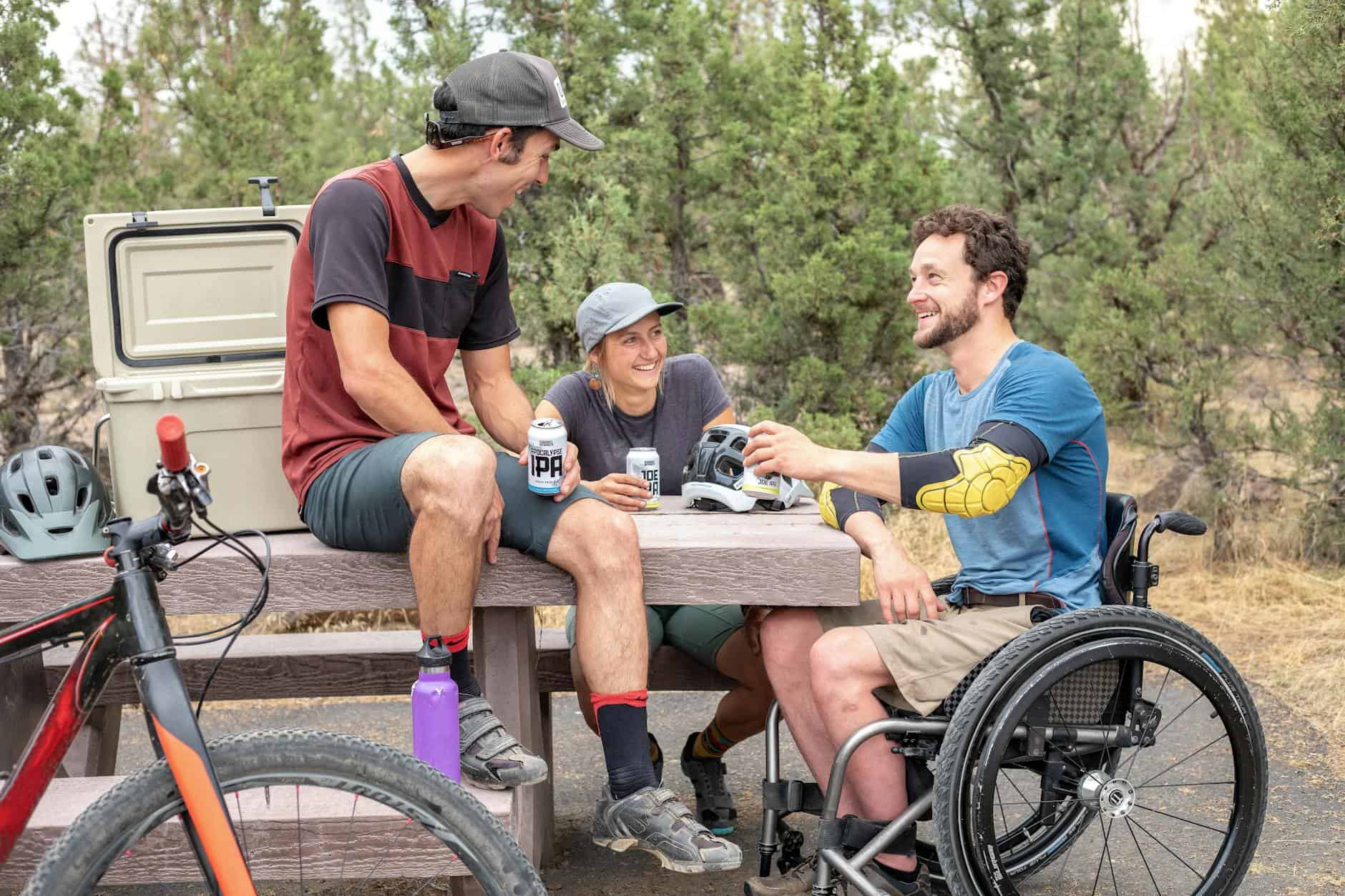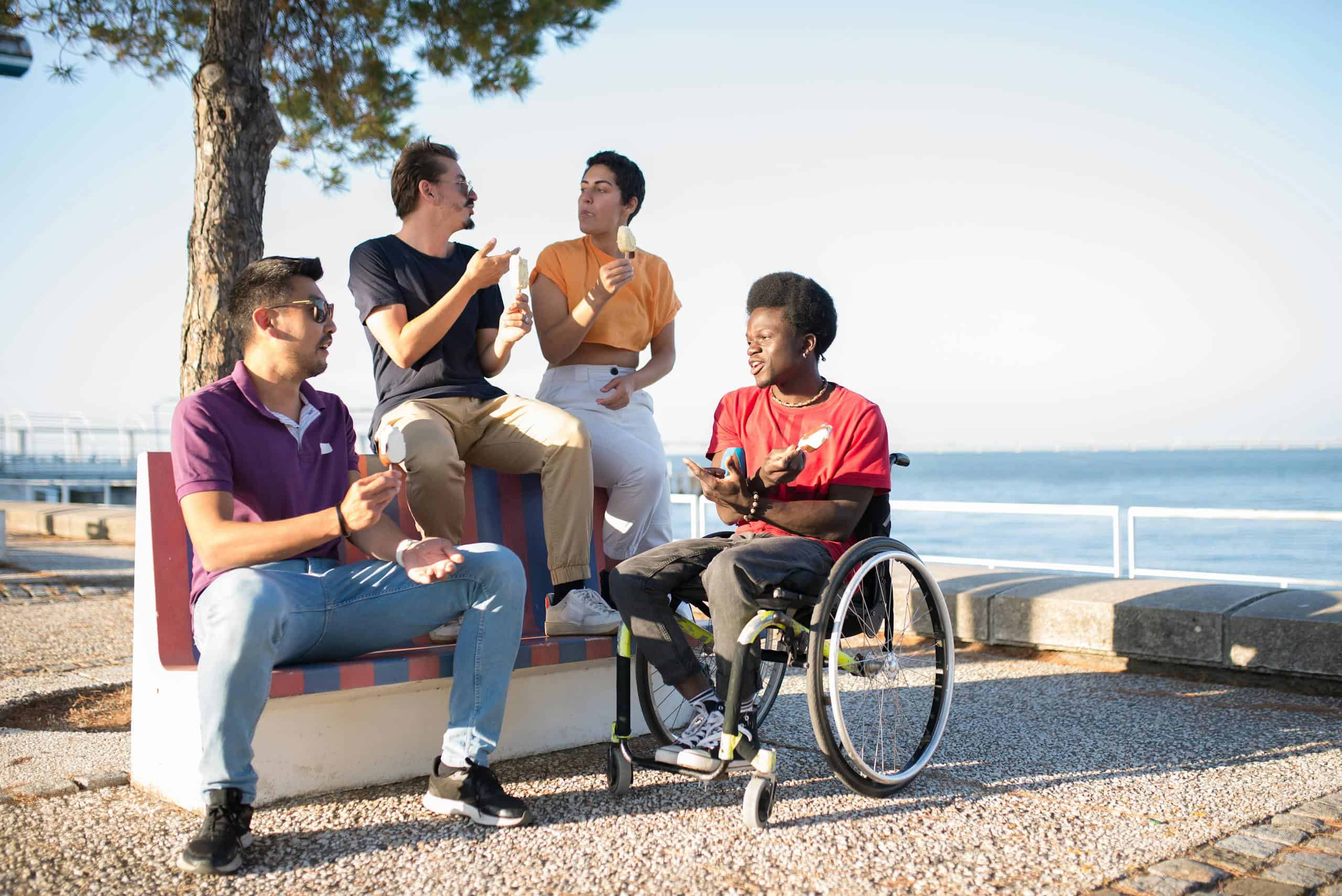Top Features of Disability-Friendly Accessible Attractions
Planning a day trip or vacation can be an exciting experience, but for travelers with disabilities, ensuring that an attraction is accessible can be a daunting task. Whether it’s ensuring there’s a step-free entrance or checking if the staff is accommodating, accessibility features vary widely. Fortunately, TripAdvisor serves as a treasure trove of reviews that highlight the most disability-friendly attractions across the United States. According to these reviews, some attractions have gone above and beyond to ensure inclusivity for all visitors. In this blog post, we’ll explore the top features that make attractions accessible based on these reviews, helping travelers with disabilities make informed choices.

The Importance of Accessibility
Accessibility in attractions is not just a luxury; it’s a necessity for millions of people with disabilities. An attraction’s accessibility features can make or break a trip for these individuals. Whether it’s a museum, a
national park, or an amusement park, accessibility features ensure that everyone has the opportunity to enjoy the experience fully. From free wheelchair loans to clear signage, each element plays a significant role in creating an inclusive environment. Let’s explore some key accessibility features that travelers with disabilities praise the most.
Here is a look at the top features that make attractions accessible for travelers with disabilities.
1. Free Wheelchair Loans
Many attractions offer wheelchairs and mobility scooters for rent, but some go the extra mile by providing them for free. The Boston Museum of Fine Arts is a standout example, with TripAdvisor reviewers praising its disability-friendly features, including free wheelchairs available at the entrance. The Metropolitan Museum of Art also received accolades for offering free wheelchair access, allowing visitors with limited mobility to explore the vast museum comfortably.
These initiatives not only support existing wheelchair users but also benefit those with temporary mobility challenges. Without these free options, visitors with mobility impairments and budget constraints might not be able to fully experience these attractions.
2. Flat, Paved Paths
Navigating uneven or steep paths can be a significant barrier for those using wheelchairs, mobility scooters, or canes. Attractions like Colorado’s Garden of the Gods have been commended for their accessible paved walking trails, which one reviewer noted were crucial for their blind partner.
Similarly, Sequoia National Park received praise for its wheelchair-friendly paved walkways, complete with resting benches. These pathways ensure that all visitors, regardless of mobility challenges, can enjoy the beauty and serenity of these natural wonders. In contrast, attractions with uneven paths can exclude many visitors with mobility or visual impairments, potentially posing safety hazards.
3. Accessible Handicap Parking
For many travelers with disabilities, proximity to the entrance is essential. Accessible parking spots are crucial in making attractions more inclusive. Glacier National Park earned positive feedback for its abundant handicap-accessible parking, while the Alaska Wildlife Conservation Center was praised for providing accessible parking even in crowded conditions.
When accessible spots are full or located too far from the entrance, it can create significant barriers for those who struggle with long distances. Ensuring accessible pathways from parking areas to entrances is equally important to provide a seamless experience for all visitors.
4. Engaging and Helpful Visitor Centers
Visitor centers play a vital role in providing accessible information and resources for travelers with reduced mobility. Yosemite National Park’s visitor center was hailed as “invaluable” by a reviewer for offering guidance on suitable walks and flagging inaccessible routes. Mount Rainier’s visitor center was similarly praised for its interactive displays and informative resources.
Having a centralized source of information is crucial for visitors with reduced mobility, ensuring they are aware of potential hazards and can plan their visit accordingly. Attractions lacking comprehensive visitor centers may leave disabled visitors feeling uninformed and unprepared.
5. The Role of Maps in Accessibility
Maps are essential tools for helping visitors plan their routes and ensuring accessibility throughout an attraction. The Great Smoky Mountains National Park’s map was celebrated for including trail lengths, difficulty levels, and wheelchair accessibility markers. For those who rely on elevators, maps are particularly valuable. A reviewer for the American Museum of Natural History noted the importance of maps in locating elevators when staff assistance wasn’t readily available.
While initial directions at the entrance are helpful, visitors need to be able to check their routes throughout the attraction to avoid inaccessible areas.
6. The Importance of Clear Signage
Effective signage helps visitors with disabilities determine their location and assess the feasibility of specific paths or exhibits. Acadia National Park earned praise for its numbered direction posts, allowing visitors to pinpoint their location easily. In large or overwhelming spaces like the Mall of America, clear signage is crucial. One reviewer mentioned their fear of getting lost but found the signage easy to follow.
For visitors sensitive to sensory overload, well-placed signage can guide them to quieter, less crowded areas, reducing unnecessary walking for those with mobility impairments.
7. Shuttle Services for Enhanced Mobility
For attractions with large distances between points of interest, shuttle services are invaluable for those with limited mobility. Zion National Park’s free shuttle service was lauded by a reviewer for its comprehensive coverage, running from before sunrise to after sunset. This service not only connects visitors with various park stops but also alleviates parking shortages.
Shuttle services offer a practical alternative for those who cannot travel long distances, ensuring everyone can access the same destinations. They also provide a safety net for visitors who may have overestimated their mobility and need to return quickly.
8. Additional Amenities for Enhanced Comfort
Small additional amenities can significantly enhance the experience for visitors needing extra assistance. The Museum of Fine Arts in Boston was praised for its nursing room and complimentary coat check. The San Antonio River Walk impressed visitors with its many cafes, restaurants, and boat tour options.
Access to rest areas and convenient amenities increases comfort and enjoyment for all visitors, especially those who require extra breaks. These seemingly small additions can make a world of difference for individuals with disabilities.
9. The Impact of Attentive Staff
Staff who are attentive to the needs of visitors with disabilities play a crucial role in making an attraction inclusive. One reviewer commended Universal Studios staff for their patience with wheelchair users, while the San Diego Zoo’s guest services team was praised for directing visitors with walking difficulties to the best trails.
Dismissive or uninformed staff can leave visitors feeling isolated and unable to fully enjoy the attraction. Empowering staff with the knowledge and training to assist visitors with disabilities can transform the overall experience and ensure inclusivity for all.
10. Minimizing Waiting Times
Long lines can be challenging for those with mobility issues, and attractions offering alternatives are often highly praised. Disney’s Animal Kingdom Park impressed a reviewer with its Disability Access Service (DAS) pass, allowing easy access to rides and shows. Legoland California received praise for allowing children with disabilities to skip lines for free. Attractions lacking alternative options for long lines may exclude those unable to stand for extended periods, limiting their ability to fully enjoy the experience.
A Word from isBrave.com’s Co-Founder
Jonas Torrang, co-founder of isBrave.com, emphasizes the importance of inclusivity for major tourist destinations. “As the focus on inclusivity grows, it’s essential for major tourist destinations to adapt and meet the diverse needs of individuals with physical, sensory, and cognitive disabilities,” he said. “Everyone should have the opportunity to enjoy America’s top attractions without feeling excluded, and those that make exceptional efforts to provide such accessibility deserve recognition.”
The Path Forward for Inclusive Travel
Traveling with disabilities doesn’t have to be a daunting experience. By focusing on accessibility features like those highlighted in TripAdvisor reviews, travelers can make informed decisions and enjoy inclusive attractions. From free wheelchair loans to attentive staff, these elements create welcoming environments for all. Attractions that prioritize accessibility not only enhance the experience for visitors with disabilities but also set a precedent for others to follow. For more resources and insights on accessible travel, visit isBrave.com and explore their user-friendly prosthetic guide and blog.
Thanks for reading. We hope to see you at the places where we go.
Julie & Art
The Places Where We Go
#travelnews

